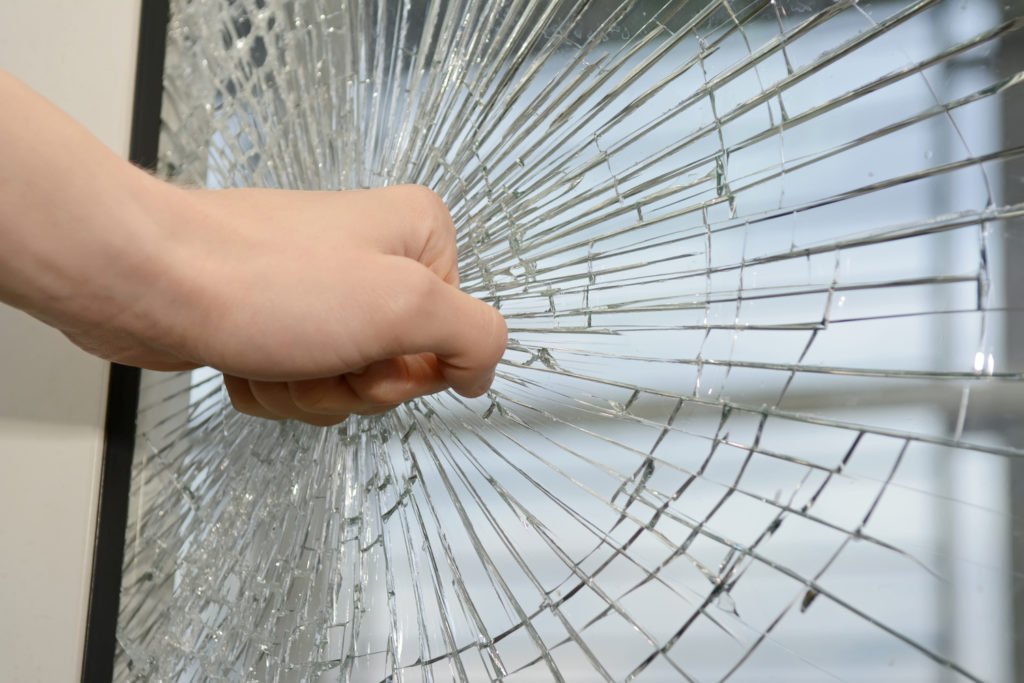
NRS § 206.310 is a Nevada malicious mischief law that prohibits vandalism of public and private property, including
- real estate,
- vehicles, and
- personal belongings.
Depending on the extent of the damage, vandalism penalties may include
- fines,
- restitution,
- community service,
- jail, and
- a driver’s license suspension.
A common defense is that your actions were not willful or malicious.
The language of the statute states:
Every person who shall willfully or maliciously destroy or injure any real or personal property of another, for the destruction or injury of which no special punishment is otherwise specially prescribed, shall be guilty of a public offense proportionate to the value of the property affected or the loss resulting from such offense.
In this article, our Las Vegas criminal defense attorneys discuss:
- 1. What is vandalism in Nevada?
- 2. What are ways to fight the charges?
- 3. What are the penalties under NRS 206.310?
- 4. Can immigrants be deported?
- 5. How soon can the record be sealed?
- Additional reading

Vandalism in Nevada is willfully or maliciously destroying others’ property.
1. What is vandalism in Nevada?
Nevada’s legal definition of vandalism – also called malicious destruction of property – is destroying or injuring another’s property. NRS 206.310 is a “catch-all” crime that comprises all acts of vandalism not specifically prohibited by other vandalism statutes.1
Some examples of NRS 206.310 violations include:
- Tearing down a billboard
- Carving words into building facades
- Driving over a neighbor’s fence
Note that Las Vegas vandalism suspects often face additional criminal charges depending on the circumstances. For example, a person who allegedly breaks down a door and goes inside to steal a computer would face charges for both
- burglary (NRS 205.060) and
- vandalizing (for breaking down the door).
2. What are ways to fight the charges?
Here at Las Vegas Defense Group, we have represented literally thousands of people charged with vandalism crimes. In our experience, the following three defenses have proven very effective with prosecutors and judges.
You had the property owner’s consent
There is no vandalism if the property’s owner gave you permission to damage it.2 From what we have seen, many of these cases stem from innocent miscommunications between the property owner and our client.
To show the court that you reasonably believed you had the owner’s approval to damage or destroy their property, we would rely on such evidence as:
- written communications between you and property owner,
- eyewitnesses who heard the owner giving consent, and/or
- video of the owner giving consent.
Your behavior was not willful
We have had cases where our clients damaged property by accident or by necessity during a natural disaster or other emergency. Our clients may be civilly liable to the property owners, but they committed no crime.3
Example: Sally is taking a walk when a mountain lion appears. She flees onto a neighbor’s property, damaging their fence in the process. Since Sally acted reasonably under the circumstances as her life was in danger, she should not be convicted of vandalism.
In these cases, the truth is the best defense: We simply explain to the D.A. what the surrounding circumstances were. Once the D.A. sees there was no malicious intent, they may drop the charge.
The police arrested the wrong person
Vandals typically come out at night and act quickly, and many wear obscuring clothes such as face masks. So it is no surprise that eyewitnesses frequently misidentify innocent people as culprits during lineups.
When our clients are wrongfully accused, we compile such evidence as:
- surveillance video,
- GPS records,
- police reports,
- forensic evidence, and/or
- more reliable eyewitnesses.
As long as the prosecutor cannot prove beyond a reasonable doubt that you are the person who caused the damage, then the NRS 206.310 charge should be dismissed.
3. What are the penalties under NRS 206.310?
The punishment for defacing property can carry just a small fine or several years in Nevada State Prison, depending on the case:
| Vandalism damage |
NRS 206.310 penalties |
| $5,000 in damage or more; or
Where the damage impairs public communication, transportation, or police and fire protection (no matter the monetary value of the loss) |
Category C felony:
|
| $250 to less than $5,000 in damage | Gross misdemeanor
|
| $25 to less than $250 in damage | Misdemeanor
|
| Less than $25 in damage | A civil fine of no more than $5004 |
Note that many alleged NRS 206.310 violations involve gang members, which can cause jail or prison sentences to double.5 Learn more about criminal gang enhancements.

NRS 206.310 penalties typically depend on the extent of damage done.
3.1. Penalties for other vandalism crimes
Nevada has more than a dozen vandalism crimes distinct from NRS 206.310, each with its own criminal sentence:
| Nevada vandalism crime | Punishment |
| Knowingly vandalizing religious, burial, educational, transportation, or community sites (NRS 206.125) | Misdemeanor:
1st offense –
2nd offense –
3rd offense –
|
| Unlawfully posting bills, signs, or posters (NRS 206.200) | Misdemeanor:
|
| Entering property with intent to vandalize (NRS 206.040) | Misdemeanor:
|
| Injury of property facing foreclosure (NRS 206.045) | Misdemeanor:
|
| Intentionally destroying or tearing down any proclamation or notification that had been posted under government authority (NRS 206.270) | Misdemeanor:
|
| Graffiti and defacement of property (NRS 206.330) | Causing less than $250 in damage and cleanup costs is a misdemeanor:
Causing $250 to less than $5,000 in damage and cleanup costs is a gross misdemeanor.
Causing $5,000 or more in damage and cleanup costs is a category E felony. This carries probation, which includes at least 10 days in jail. (But if you have two or more prior felony convictions, the court may impose one to four years in prison and up to $5,000 in fines.) |
| Vandalizing historic sites (NRS 381.225) | The same penalties as those for NRS 206.310 (scroll up to the previous subsection) |
| Willfully vandalizing property belonging to the Nevada Department of Wildlife (NRS 501.383) | Misdemeanor:
|
In some cases, you may have to pay for the cost of clean-up. Depending on the location of the offense, you may be arrested by park rangers instead of metro police.
4. Can immigrants be deported?
Vandalism is not usually a deportable offense, but immigration law is constantly evolving under the current administration. Any criminal charge looks bad on a non-citizen’s record, especially if they are hoping to obtain citizenship eventually.
Aliens charged with a crime in Nevada are encouraged to seek legal counsel immediately in an attempt to have the charges dismissed.
5. How soon can the record be sealed?
The waiting period to seal a Nevada vandalism conviction depends on the category of crime:
| Class of Nevada vandalism conviction | Record seal wait time |
| Category B felony | 5 years after the case closes |
| Category C felony | 5 years after the case closes |
| Category D felony | 5 years after the case closes |
| Category E felony | 2 years after the case closes |
| Gross misdemeanor | 2 years after the case closes |
| Misdemeanor | 1 year after the case closes |
| No conviction (charge got dismissed) | No waiting period6 |
Learn more about sealing criminal records.
Additional Reading
For more in-depth information, refer to these scholarly articles:
- Protecting Artistic Vandalism: Graffiti and Copyright Law – NYU Journal of Intellectual Property & Entertainment Law.
- The Writing on Our Walls: Finding Solutions through Distinguishing Graffiti Art from Graffiti Vandalism – University of Michigan Journal of Legal Reform.
- Punishing Vandalism Correctly in an Access Economy – Notre Dame Journal of Legal Ethics & Public Policy.
- Theft and Vandalism on Construction Sites – Journal of Construction Engineering and Management.
- The Process Frame: Vandalism, Removal, Re-Siting, Destruction – A Companion to Public Art.
Legal References
- Nevada Revised Statute 206.310 – Injury to other property.
- Same.
- Same.
- Same; NRS 193.155; Romero v. State (2000) 116 Nev. 344.
- NRS 193.168.
- NRS 179.245; NRS 179.255.

